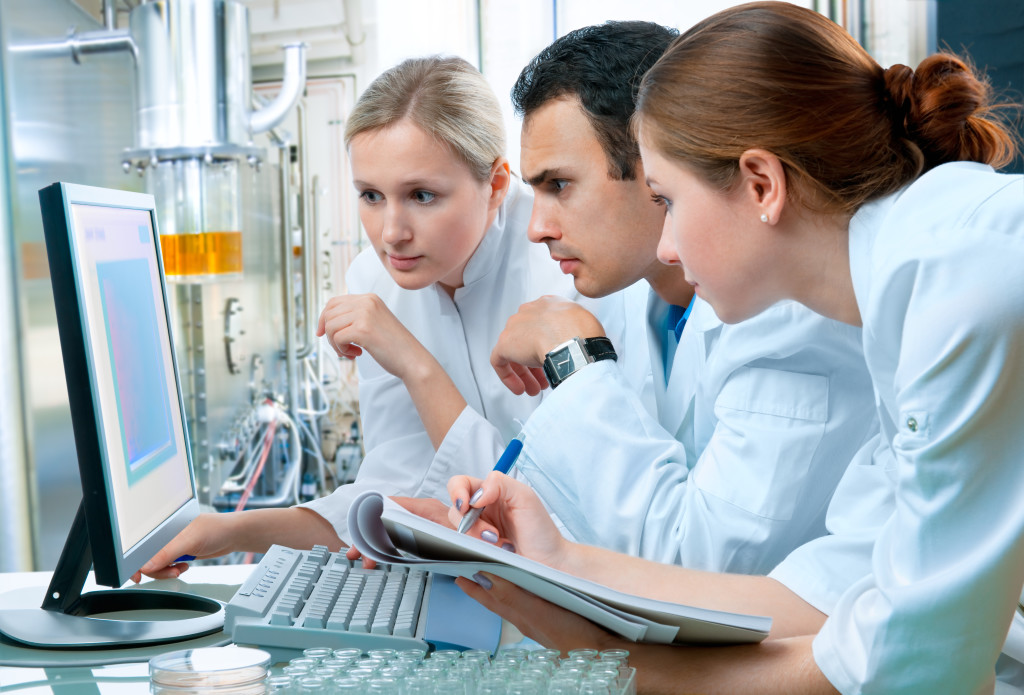The wheels of progress continue to move forward in PAH research. Two companies in particular are preparing to launch very exciting clinical trials.
Gossamer Bio Inhaled Drug Study
Gossamer Bio, a biopharmaceutic company is preparing to launch a new phase 2 clinical research trial using an inhaled tyrosine kinase inhibitor. About 10 years ago, this same molecule was studied in PAH patients with advanced disease. The results were very promising but Novartis (the study sponsor) ran out of patent protection and as a result the development of the oral drug stopped. Gossamer now picks up the baton using an inhaled version of the same molecule.
The advantages of an inhaled drug are that higher levels can be achieved in the pulmonary arteries and lower total blood levels. The hope is that using this route, the benefits can be maintained and the side effects reduced. The study will enroll patients with moderate to severe PAH. Patients will have a right heart catheterization at study entry and at the end of 24 weeks. The primary end point of the study will be change in pulmonary vascular resistance after 24 weeks. Half of patients will receive study drug and half will receive placebo.
Acceleron Sotatercept Study
In another important development, Acceleron will be launching their phase 3 study of sotatercept in the coming months. This molecule helps rebalance the signaling that leads to PAH. The medication is injected once monthly as a small shot under the skin. Final details of the study are still emerging. The phase 2 study showed impressive improvement in the pulmonary vascular resistance and was well tolerated.
A New Emphasis in PAH Clinical Trials

These two therapies are examples of an important change in emphasis for clinical trials in Pulmonary Arterial Hypertension. For the past 30 years, research has focused on medications that vasodilate or open the blood vessels of the lungs. Many experts now believe that we have reached the limits of how much we can relax the muscles of the pulmonary arteries. The new therapies described above offer the promise of remodeling or changing the structure of the pulmonary arteries, hopefully undoing much of the abnormal structure that has developed due to the disease.
We remain very optimistic and eagerly look forward to these new studies.
